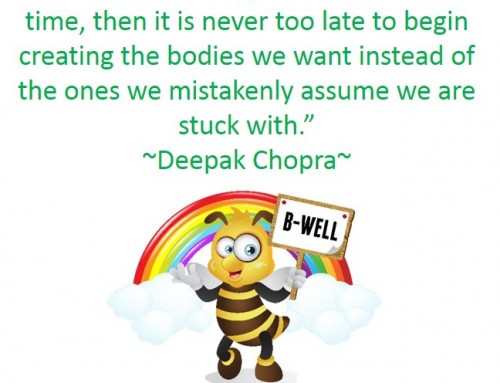25 April 2015 is World Malaria Day and people across the globe will take part in a wide range of activities to mark World Malaria Day, a day to keep up the fight against this killer disease.
In the past decade, funding and technical expertise has led to dramatic reductions in malaria cases and deaths. In Africa deaths are down by one third and worldwide by a quarter. More than 50 countries are on track to reduce their malaria cases by 75%.
Our biggest challenge to further our progress against malaria is inadequate resources. If funding slows down the priceless gains that have been made so far could be lost in a single malaria season.
In South Africa, malaria is found in Limpopo, Mpumalanga and the north-eastern part of KwaZulu-Natal. The peak period is between September and May.
Symptoms of malaria: fever and flu-like illness, including shaking chills, headache, muscle aches and tiredness. Nausea, vomiting and diarrhea may also occur. Malaria may cause anemia and jaundice (yellow coloring of the skin and eyes) because of the loss of red blood cells. If not promptly treated the infection can become severe and may cause kidney failure, seizures, mental confusion, coma and death.
World Malaria Day is a chance to highlight the advances that have already been made in malaria prevention and control, and to commit to continued investment and action to accelerate progress against this deadly disease.






